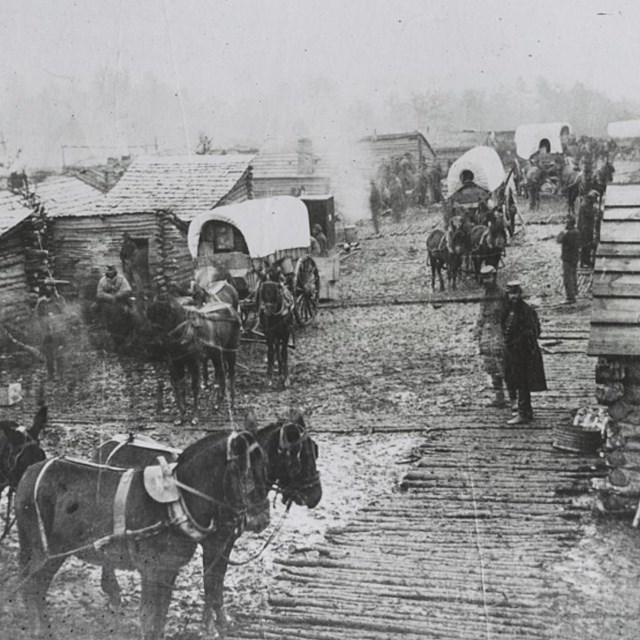|
Explore the links below to learn about the two major Civil War battles fought at Manassas as well as the people and places that played a role in the park's story.
History and Culture
ArcheologySurgeon's Burial Pit DiscoveryInformation for TeachersLearn about field trips, guided tours, and other education material offered by the park by clicking on the link above.Studying History and Culture at ManassasManassas National Battlefield Park is an oasis for visitors and for historians and researchers because of its well protected cultural heritage and history. With an archeological record going back millennia and hundreds of years of written history, the story of Manassas is diverse, complex, and continually being reframed. Research in archives, on the landscape, through oral histories, and through archeology provides information about how to best care for the park and informs how we tell the stories of our park. |
Last updated: November 15, 2024








